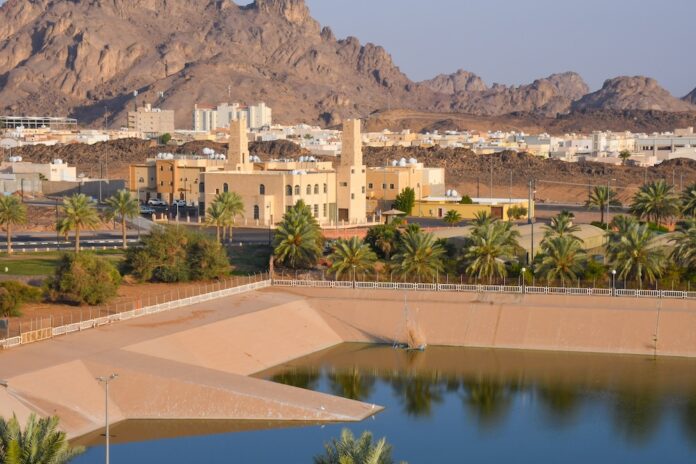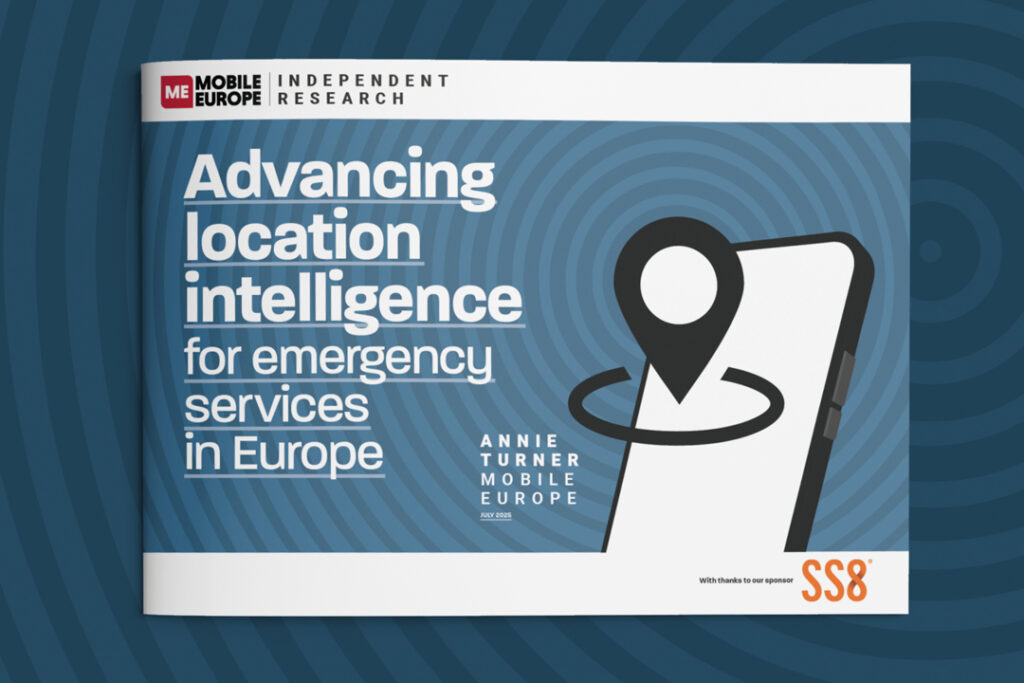Although it has unfettered access to solar, the Middle East’s thirst for data centres is posing some critical questions around its access to water
Last week, UK and Dubai-based XDS Datacentres, a pioneer in liquid immersion digital infrastructure, has signed a major agreement with ICS Arabia for the construction and delivery of a 10 MW immersion-cooled data centre in Riyadh & Jeddah. Under the terms of the 15-year agreement, ICS Arabia will design, construct, and hand over two 10MW facilities to XDS by Q4 2026. The full immersion cooling will support rack densities up to a whopping 368kW.
XDS’s announcement is just the latest in the past 12 months that will ramp up data centre capacity from a reported 1GW in 2024 to 3.3GW over the next five years.
The most significant announcement came from OpenAI, which revealed plans for a massive data centre in Abu Dhabi that would be part of a campus larger than Monaco and potentially rank among the world’s largest AI infrastructure projects. The so-called Stargate UAE, represents a 1GW compute cluster being developed through a partnership between OpenAI, Oracle, G42, Nvidia, Cisco, and SoftBank. The first 200 MW phase is scheduled to launch in 2026 and will feature Nvidia chips, with SoftBank and Cisco providing connectivity infrastructure.
Microsoft has made substantial commitments to the region, including a $544.5 million partnership with du to develop a new hyperscale data centre in the UAE. The company has also completed construction on three sites for its upcoming Saudi Arabia cloud region, with services expected to become available in 2026. Amazon Web Services followed suit by announcing in March 2024 its plans to launch a new infrastructure region in Saudi Arabia, as the company expands its global footprint in cloud services.
Huawei also announced a $400 million investment over five years to establish a Huawei Cloud region in Saudi Arabia, as unveiled at the LEAP 2023 conference. The company also launched a Data Storage Innovation Center for the Middle East and Central Asia in Dubai during GITEX GLOBAL 2024 to support AI and storage innovation across the region.
The surge in investment is largely driven by government initiatives such as Saudi Arabia’s Vision 2030 programme and substantial technology investment commitments by the kingdom’s Public Investment Fund, which are accelerating demand for cloud computing and artificial intelligence infrastructure across the region.
As reported in MITSloan Management Review, according to market researcher Arizton, there are 24 operational data centers in Saudi Arabia with a capacity of 123 MW, and 37 more facilities are on the way. Meanwhile, according to research firm DC Byte, the UAE has 52 data centers with a capacity of 235 MW.
Doing the water sums
Data centres are incredibly water-intensive, especially in the Middle East where temperatures can easily reach 50 Celsius during summer, making cooling paramount. Maximum temperatures in Saudi Arabia during the summer typically range between 35 and 45 degrees Celsius from June to August.
A 1GW data centre in Saudi Arabia is likely to use between 1.5 and 5 million cubic metres of water per year on a very conservative calculation – and could be higher – depending on the cooling technology employed. For example, traditional evaporative cooling could push water usage 5-10x higher.
Given the country’s hot, arid climate and reliance on desalinated water, most data centres are expected to avoid traditional evaporative cooling and instead use dry or hybrid cooling systems with low water usage. This aligns with national sustainability goals and results in a Water Usage Effectiveness (WUE) typically below 0.2 litres per kWh, significantly reducing water demand compared to global averages.
The region’s approach relies heavily on desalination, which is already massive in scale. In the UAE, 42% of drinking water comes from desalination plants producing more than 7 million cubic meters per day, in Kuwait it’s 90%, in Oman 86%, and in Saudi Arabia 70%. By 2030, desalination capacity in Middle Eastern countries is reportedly expected to almost double.
However, desalination itself is extremely energy-intensive, creating a problematic feedback loop – more data centres need more water, which requires more desalination, which consumes more energy, potentially requiring more power generation capacity. The Middle East accounts for roughly 90% of the thermal energy used for desalination worldwide, according to the International Energy Agency.
Something has to give
Although slightly older numbers, according to Carnegie, the MENA region has been widely acknowledged as the most water-stressed region in the world. In fact, according to data from 2019, sixteen of the twenty-five most water-stressed countries in the world can be found in this region (with Bahrain ranked as the world’s most water-stressed country).
Groundwater aquifers are a significant source of freshwater, especially in arid regions like the Arabian Peninsula. But over-extraction of groundwater is depleting these aquifers. In addition, climate change is exacerbating water insecurity by increasing the frequency and severity of droughts.
The region is essentially banking on renewable-powered desalination and innovative cooling technologies, but whether they can scale fast enough to meet the projected demand remains an open question. This water-energy interdependence could become a major constraint on data center expansion, despite the ambitious announcements.



